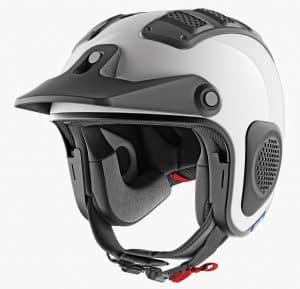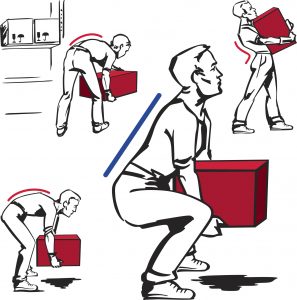Working From Home (WFH) has rarely been a hotter topic, even when it used to be called telework earlier this century. SafetyAtWorkBlog had the opportunity recently to ask some questions of experts put forward by the Australian Catholic University (ACU).
The first of our articles based on the ACU response discusses one of the most intriguing recommendations – a 20:8:2 ratio for low impact physical activity during desktop activity.


 On the corner of Lygon and Victoria Streets in Melbourne is a monument to the 8 Hour Day. This represents a social structure of work that equates to
On the corner of Lygon and Victoria Streets in Melbourne is a monument to the 8 Hour Day. This represents a social structure of work that equates to The
The  In 2008 the brothers Brafman wrote “
In 2008 the brothers Brafman wrote “
